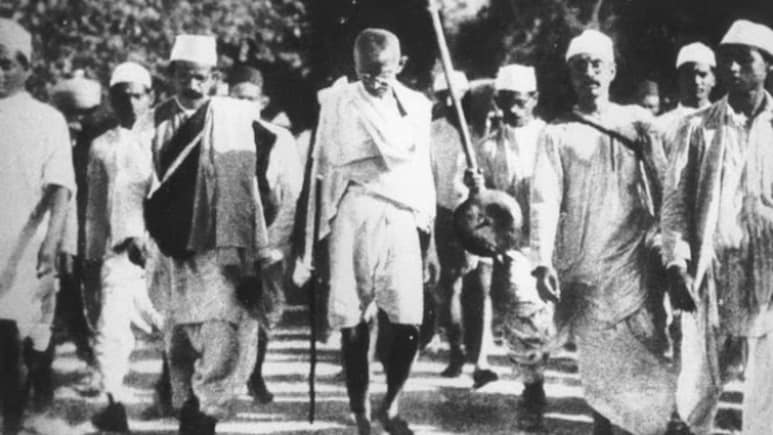
- Mahatma Gandhi launched the Quit India Movement in 1942 with the slogan Do or Die
- India contributed over 2.5 million soldiers to World War II under British command
- British arrested over 100,000 people and detained key Congress leaders during the movement
Independence Day 2025: When the British refused to grant India freedom despite the sacrifices the country made during World War II, Mahatma Gandhi's clarion call of "Do or Die" became the anthem of a nation ready to risk everything. It was a declaration that freedom was worth any price, even life itself.
The Quit India Movement of 1942 was the fiercest campaign of civil disobedience against colonial rule.
At the time, India had been under British colonial rule for nearly two centuries. Although the Indian National Congress had long been advocating for self-rule, hopes for a peaceful transfer of power were dashed repeatedly.
World War II intensified the crisis. The British government dragged India into the war without consulting its leaders. As a part of the Allied Nations, India contributed over two and a half million soldiers who fought under British command against the Axis powers (Germany, Italy, and Japan).
The British promised independence only after the war's end. This vague assurance was unacceptable to Mahatma Gandhi and millions of Indians who had already waited too long.
On August 8, 1942, at the All India Congress Committee session in Bombay, Mahatma Gandhi stood before a packed hall and delivered his speech.
He declared that the time had come for the British to "Quit India." His exact words were: "We shall either free India or die in the attempt."
"You may imprint it on your hearts and let every breath of yours give expression to it. The mantra is: 'Do or Die'," he said.
The movement demanded every Indian participate in the struggle, prepared to face imprisonment, violence, and even death if necessary.
Despite the non-violent principles of Satyagraha, the British authorities responded with harsh repression. The British arrested over 100,000 individuals, including key leaders. Mahatma Gandhi and most Congress leaders were detained.
Across cities and villages, protests erupted, strikes crippled administration, and acts of sabotage challenged colonial control. Women, students, workers, peasants became torchbearers of this mass movement, defying curfews and risking their lives.
The British government responded with massive force. Thousands were imprisoned without trial, and many were killed in police firing. Communication lines were cut, newspapers censored, and entire regions were placed under military control.
Even from prison, Mahatma Gandhi continued to inspire and influence the movement through letters and messages to his followers.
Although the Quit India Movement did not immediately end British rule, it weakened the British government's hold over India.
The movement accelerated the march toward independence, which was finally achieved five years later, in 1947.
India celebrates its 79th Independence Day this year.
Track Latest News Live on NDTV.com and get news updates from India and around the world

